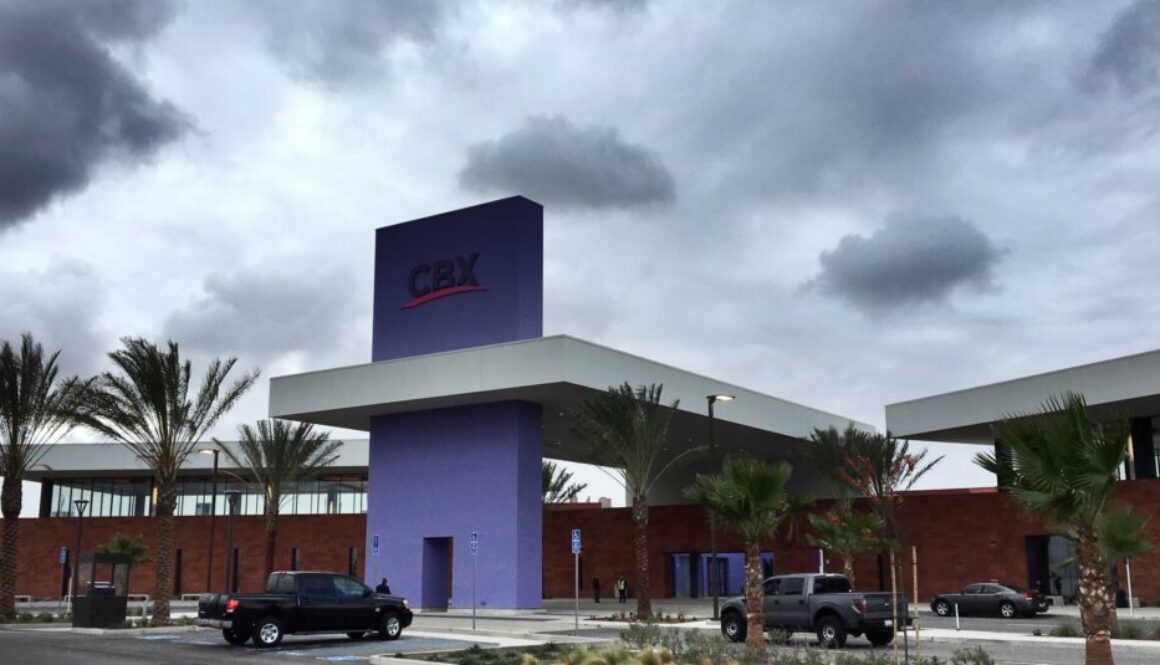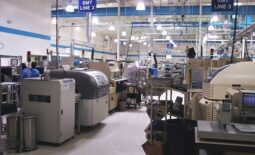Manufacturing in the Calibaja region leads to success
The city of San Diego, the Imperial Valley in California, and the state of Baja California, as a whole, are economically and industrially integrated. This partnership creates a positive and mutually beneficial relationship that enhances economic conditions on both sides of the US-Mexico border.
Manufacturing in the CaliBaja region, including San Diego, the Imperial Valley in California, and the Mexican state of Baja California, has given rise to a regional business alliance that has only intensified during the global coronavirus pandemic.
The CaliBaja region is home to more than seven million people. Its innovative clusters, which include the highest concentration of medical device manufacturing firms in Latin America, are the result of investments that both mid-sized and large multinational firms have made. These companies often have facilities that are located on both sides of the United States – Mexico border.
Political and economic decisions in the locations that make up CaliBaja affect the entire region, for better or for worse. Currently, the increase in the minimum wage in California, which will reach fifteen dollars per hour by the beginning of 2023, constitutes an opportunity for manufacturing in the Calibaja region on the Mexican side of the international divide.
The manufacturing infrastructure available to companies seeking to initiate production operations in the Calibaja region includes both abundant labor and a bilingual workforce. Given the degree of economic development in Baja California, much of the workforce consists of specialized labor and is available to investors at highly competitive costs. In the context of the scheduled rise in the minimum wage in California, Tijuana and Baja California as a whole have become attractive options for international manufacturers.
Manufacturing in the CaliBaja region provides access to skilled workers
As mentioned above, one of the principal attractions of Tijuana and Baja California for foreign investment is its highly specialized workforce. Skilled labor developed over the last few decades enables manufacturing in the CaliBaja region to be competitive internationally. This strength in talent is significant to industries such as the medical device, electronics, and aerospace sectors. It should be noted, as well, that the development of specialized production centers in Mexico has strengthened the educational institutions that serve to develop talent locally. In addition to other skills sets, the country has been successful in developing plentiful engineering talent. The availability of this capability in the workforce supports both innovation and technological transformation that characterizes manufacturing in the CaliBaja region.
Tijuana has gradually become a manufacturing center par excellence. Over the last 50 years, it has constructed a mature manufacturing ecosystem.
Likewise, Tijuana is part of the organic corridor for the IT industry, which originates in Seattle and passes through the US state of California. The CaliBaja region has successfully captured complementary operations in the industry that add value such as software development. This way aligns with the megatrends of Industry 4.0 that promote digitization and innovation in all sectors.
As the primary locale for manufacturing in the CaliBaja region, the workforce in Tijuana consists of 546,000 people. These individuals have an average age of 28 years.
Highway and Port Access make logistics highly competitive
Furthermore, the city’s strategic location allows easy access to international markets. This is principally due to the fact that the border crossing gate is only 25 minutes from San Diego International Airport. For ocean shipments, Tijuana is 2 hours travel time from the seaport of Long Beach and 1.5 hours to the Mexican deep-sea Port of Ensenada. Its proximity to the border and main shipping facilities results in competitive transportation and logistics costs.
The industrial development firm Vesta has recently opened its new industrial park in Tijuana: the Vest Park Mega Region. This industrial facility is located in the geographic center of the city, in proximity to abundant labor. The park will eventually consist of 1 million square feet of new construction distributed among six buildings. All facilities in the Vesta Park Mega Region will be LEED-certified, which will allow savings of up to twenty percent in the cost of utilities.
The Tecma Group of companies can help international firms to establish manufacturing in the CaliBaja region. As one of Mexico’s foremost providers of what are known as “shelter services,” Tecma works with groups such as Vesta and other industrial developers in the Calibaja region to locate their customers in real estate facilities that meet their individual needs.




